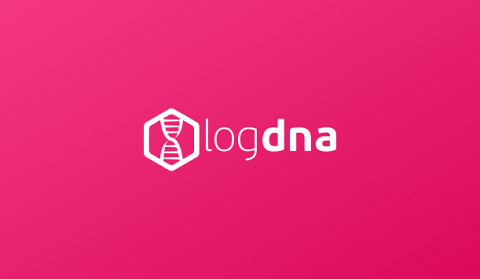A Blueprint for Running Stateful Services on Kubernetes
Managing stateful applications has been challenging for engineering and operations teams long before the debut of Kubernetes. In this post, we’ll explore all aspects of your deployments of stateful applications on Kubernetes, from the underlying hardware to Pod update strategies, and provide insights into how LogDNA uses stateful Kubernetes to build one of the world’s fastest log management platforms.





